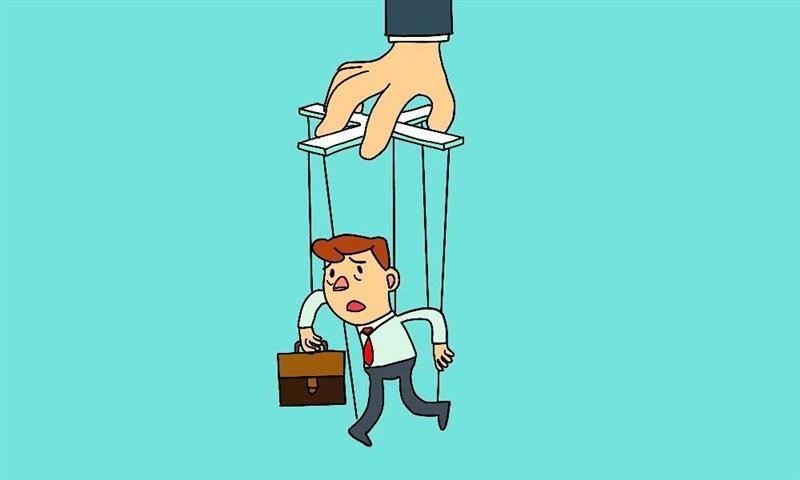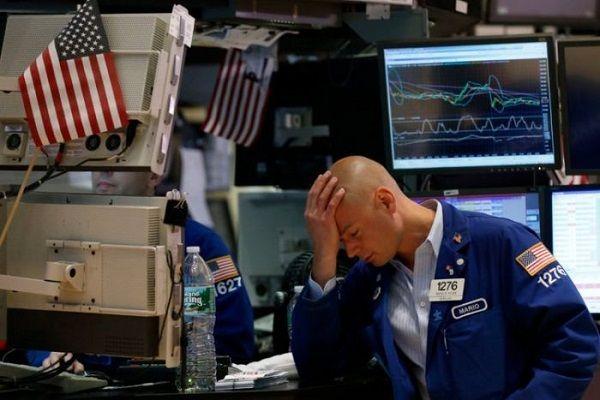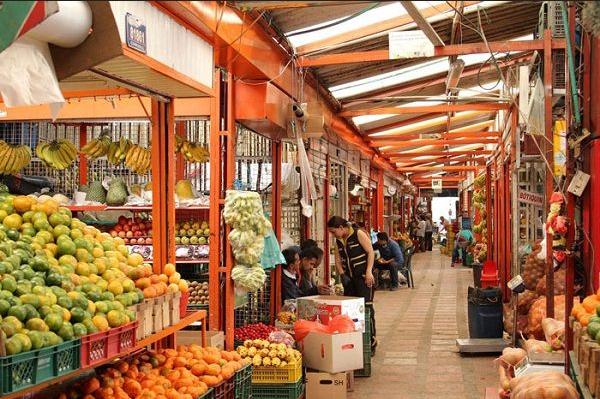A planned economy is a system where the government, rather than the free market, determines what goods should be produced, how many of them should be produced, and the price at which they are offered for sale. It also determines investments and salaries. The planned economy is a key feature of any communist society. Cuba, North Korea, and the former Soviet Union are examples of countries that have or had planned economies, while China maintained a planned economy for decades before making a transition to a mixed economy, which is characterized by having elements of communism and of capitalism.
Understanding the planned economy
Also known as a command economy, planned economies have the government as their central authority, which – with its own planners – controls the means of production of a society. Private ownership of land, employment or capital is non-existent or severely limited so that its use is in accordance with the central economic plan. In contrast to free market economies, in which prices of goods and services are set by supply and demand, central plans in a planned economy set prices, control production, and limit or prohibit competition entirely. within the private sector. In a pure planned economy, there is no competition. since the central government has control of all businesses.
Other characteristics of the planned economy
In a planned economy, government officials set national economic priorities, including how and when to generate economic growth, how to allocate resources for production, and how to distribute the resulting product. Frequently these strategies take shape in multi-year plans that aim to determine the behavior of the entire economy.
The government that runs a planned economy manages businesses that are monopolies, or entities that are necessary to meet the objectives of the national economy. In these cases, there is no domestic competition in these industries. Examples include public financial institutions, public service companies and the manufacturing sector.
Finally, all laws, regulations and other directives are established by the government in accordance with its economic plan. All businesses follow that plan and its goals, and cannot respond to any free market forces or outside influences.
The disadvantages of this type of economy
With economic power consolidated in the hands of government planners and in the absence of a free market to communicate prices and coordinate economic activity, planned economies face two major problems in efficiently planning the economy. The first is an incentive problem, and the second is economic calculation or knowledge of economics.
The incentive problem works in a few ways. For example, central planners and other politicians in a planned economy are human beings. Economists such as James Buchanan have described the many ways in which officials can make decisions that benefit only themselves without regard to the social costs they impose on the rest of society. Political interest groups are free from all external pressure such as sovereign debt credit ratings, capital flight, among others, which is why the struggles they have among themselves tend to be more harmful than those between interest groups in general. mixed economies or free market economies.
The problems with incentives in a planned economy also extend beyond the planners themselves. Since payments and salaries are previously determined, profits are attenuated, eliminating any factor that moves or incentivizes managers and workers to produce more. In this sense, since payments are guaranteed, the managers and workers of a company have no reason to reduce their operating costs, contribute with efforts that go beyond the minimum required to avoid sanctions or dismissals. Essentially, the planned economy is not tied to incentives typical of the profit logic that exists in mixed or free market economies, leading to positions and salary income being determined more by personal connections than by the ability to produce. further. This of course leads to endemic corruption.
The planned economy also tends to be plagued by the so-called tragedy of the commons, in which all goods are owned by society as a whole, but ultimately belong to no one. This leads to people not worrying about taking care of schools, housing, infrastructure, health systems, resources and all the assets of the economy, as well as not investing adequately in their improvement and getting the most out of it. of the same when these goods are available. This leads to these assets being used up or deteriorating quickly, since there is no incentive for them to receive any type of maintenance to keep them useful.
Economic calculation problem
The problem of economic calculation in the planned economy was first described by the Austrian school. Economists such as Ludwig von Mises and FA Hayek showed that planned economies did not know the who, what, when, how much, where and how of the economy, since there was no free supply and demand they could not calculate how many people were needed to produce certain goods. , where to produce them, how to get them to consumers, at what price and in what quantities.
In free market economies, supply and demand solves this problem, since production reaches where there is an effective demand for goods and this is operated through the incentives of financial profit, that is, by the money earned by deliver a product or service.
While in planned economies the problem of economic calculation can lead to not knowing how many consumers demand a certain good or in what quantities, this can end in lines in supermarkets of people waiting to buy bread, while wheat spoils in warehouses. since the communication mechanisms of supply and demand do not operate.
Over time, both problems (incentives and economic calculation) result in large amounts of resources and capital goods being wasted, impoverishing society as a whole.
Arguments in favor of this type of economies
Planned economies still have their followers and defenders. Those who favor this system argue that the planned economy allocates resources in a way that maximizes general well-being, while in free market economies, this objective is secondary, since it seeks to maximize investors’ profits. Additionally, it is argued that the planned economy is much better at generating full employment, since it can put people to work for the State, even in the absence of real demand for goods and services. Finally, advocates of planned economies believe that this type of system can better respond to disasters and emergencies such as wars and natural disasters, since with control of the means of production in the hands of the government, quick decisions can be made to respond to them. These events. Even most market economies can frequently curb private property rights and expand emergency state powers during such events, at least temporarily.











